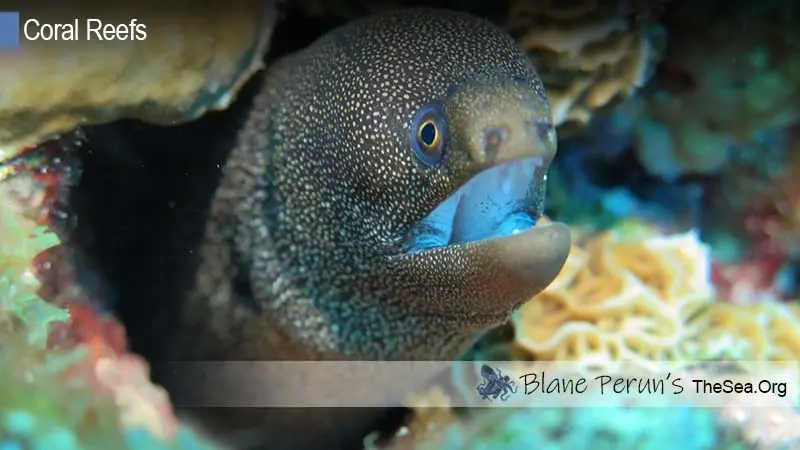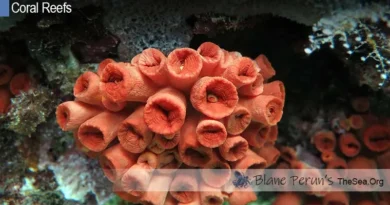Coral Bleaching Ningaloo Reef
Understanding Coral Bleaching at Ningaloo Reef
The Science Behind Coral Bleaching
What Causes Coral Bleaching?
Coral bleaching is a phenomenon that occurs when corals lose their vibrant colors and turn white. This is often a direct result of environmental stressors, particularly changes in water temperature. Corals have a symbiotic relationship with a type of algae known as zooxanthellae, which give them their color and provide nutrients through photosynthesis. When stressed, corals expel these algae, leading to a loss of color and, crucially, a significant reduction in their nutrient supply. At Ningaloo Reef, a World Heritage Site located off the coast of Western Australia, this bleaching is primarily caused by rising sea temperatures, a byproduct of global climate change.
Impact on Ningaloo Reef’s Ecosystem
Consequences of Bleaching on Marine Life
The effects of coral bleaching extend far beyond the loss of coral color. The Ningaloo Reef, home to an array of marine life including over 200 species of hard coral and 500 species of fish, relies on the health of its corals for ecosystem balance. When bleaching occurs, it disrupts the intricate web of life, affecting species that depend on corals for food and habitat. The depletion of coral health can lead to a decrease in marine biodiversity, affecting everything from small fish to larger marine animals like sharks and turtles.
Human Interaction and Influence
The Role of Tourism and Local Activities
Human activities play a significant role in the health of Ningaloo Reef. While tourism brings economic benefits to the region, it also brings challenges in managing the environmental impact. Activities like boating, fishing, and even snorkeling can contribute to physical damage to the corals. Moreover, pollution from coastal development and runoff can exacerbate the effects of coral bleaching. Effective management and responsible tourism practices are critical in mitigating these impacts and preserving the reef’s natural beauty.
Strategies for Monitoring and Mitigation
Scientific Research and Community Involvement
Monitoring the health of Ningaloo Reef is essential in understanding and combating coral bleaching. Scientific research, including the study of water temperatures, coral health, and the impacts of human activity, provides invaluable data for conservation efforts. Community involvement is also crucial. Local communities, along with tourists, can play a vital role in reef conservation by participating in reef cleanups, adhering to responsible tourism guidelines, and supporting sustainable practices.
FAQs on Coral Bleaching at Ningaloo Reef
- What is the current state of coral bleaching at Ningaloo Reef?
As of now, Ningaloo Reef has experienced significant episodes of coral bleaching, particularly in areas with higher water temperatures. While some parts of the reef show signs of recovery, the overall health of the coral ecosystem remains a concern. Continued monitoring and conservation efforts are critical in assessing and improving the reef’s condition. - How does coral bleaching affect the biodiversity of Ningaloo Reef?
Coral bleaching severely impacts the biodiversity of Ningaloo Reef. As corals provide essential habitat and food sources for many marine species, their decline leads to a decrease in fish populations, affecting the overall ecological balance. This can result in a decrease in species richness and an alteration in the reef’s natural food chain. - Can Ningaloo Reef recover from coral bleaching?
Yes, Ningaloo Reef can potentially recover from coral bleaching, but this depends on several factors, including the severity of the bleaching event and the subsequent environmental conditions. Recovery requires a stable, stress-free environment with optimal water temperatures and quality. Conservation efforts and reduced human impact can significantly aid in this recovery process. - What are the long-term implications of coral bleaching for Ningaloo Reef?
Long-term implications of coral bleaching on Ningaloo Reef include potential permanent damage to coral ecosystems, loss of marine biodiversity, and impacts on local economies that rely on reef tourism. It also serves as an indicator of broader environmental issues, highlighting the need for global action on climate change. - How can individuals contribute to the preservation of Ningaloo Reef?
Individuals can contribute to the preservation of Ningaloo Reef by practicing responsible tourism, reducing their carbon footprint, supporting conservation initiatives, and educating themselves and others about the importance of coral reefs. Participation in local conservation programs and advocacy for sustainable environmental policies are also effective ways to make a difference.




